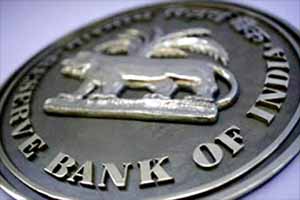The easing of retail inflation, sputtering industrial output and muted bank credit growth have once again rekindled hopes of a rate cut by the central bank in its June 2 monetary policy meeting.
In April, consumer price index-based retail inflation fell to 4.9% on the back of declining food prices belying worries that unseasonal rains will push up food prices. In the wholesale price index, deflationary pressure continued for the sixth month in a row with inflation dropping to a new low of (-)2.65% in April, mainly on account of a decline in prices of fuel and manufactured items even as food prices increased. The current trends in CPI is in line with RBI target — which is to bring CPI inflation down to 6% by Jan 2016 and to 4% thereafter.
The growth in factory output slowed to 2.1% in March and the growth in core infrastructure production dropped to a 10-year low in March. The sluggish pace of domestic demand and weak export has weighed on industrial production as recent months’ data suggests that growth in both consumer and investment related sectors are slowing. The deflationary trend in inflation and slowing industrial production has bolstered the case for a rate cut by the central bank.
Lower cost of capital will give the much-needed fillip to companies to invest and give relief to their stressed balance sheets. A healthy mix of consumption and investment growth needs to be achieved to prevent macro imbalances from building in the economy.
For Updates Check Editorials and Columns; follow us on Facebook and Twitter




